11/03/2023 to 12/03/2023 - Lake Titicaca / Peru
Julkaistu: 15.03.2023



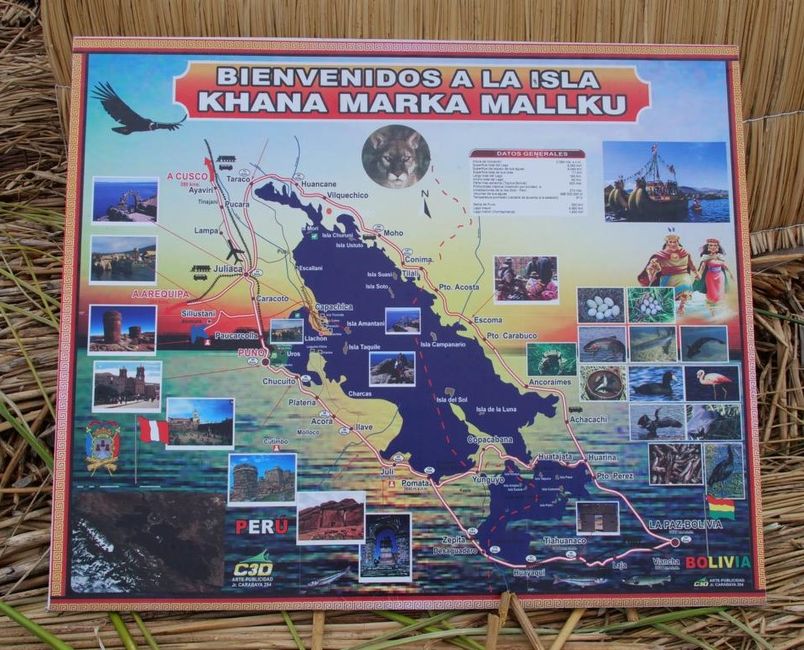















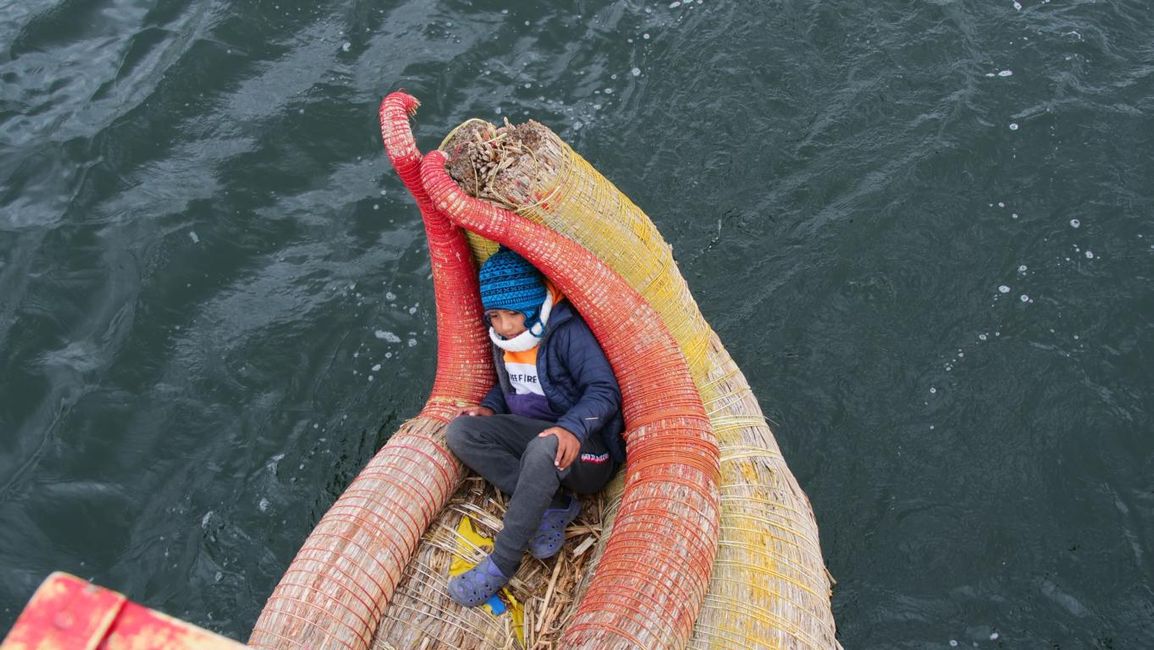
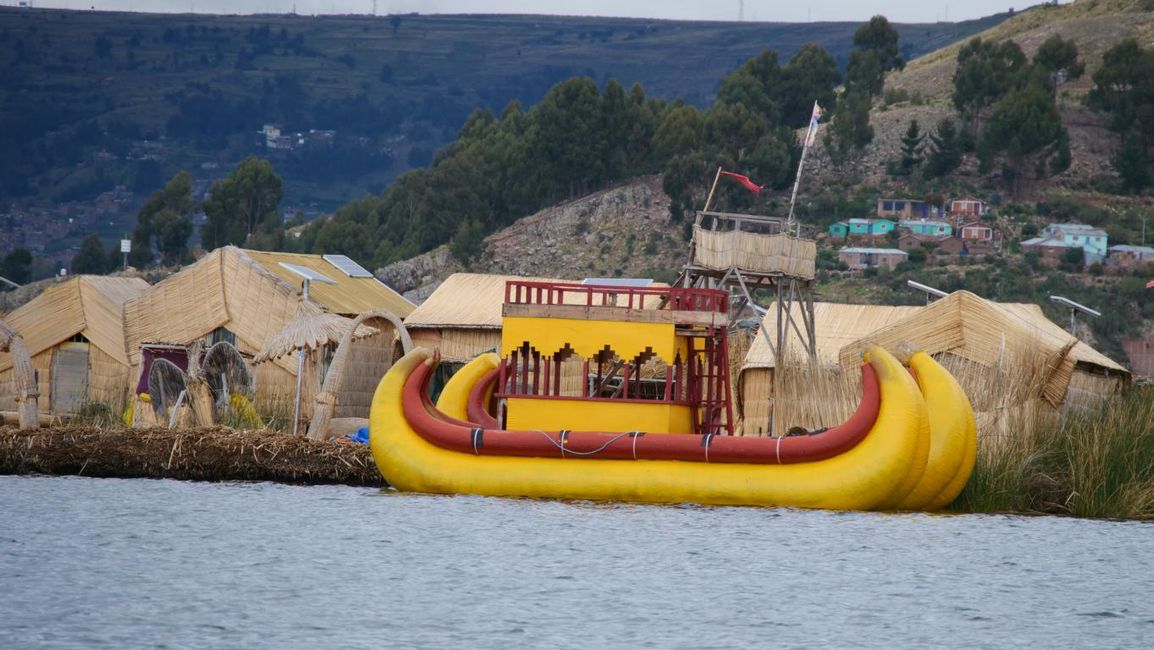




















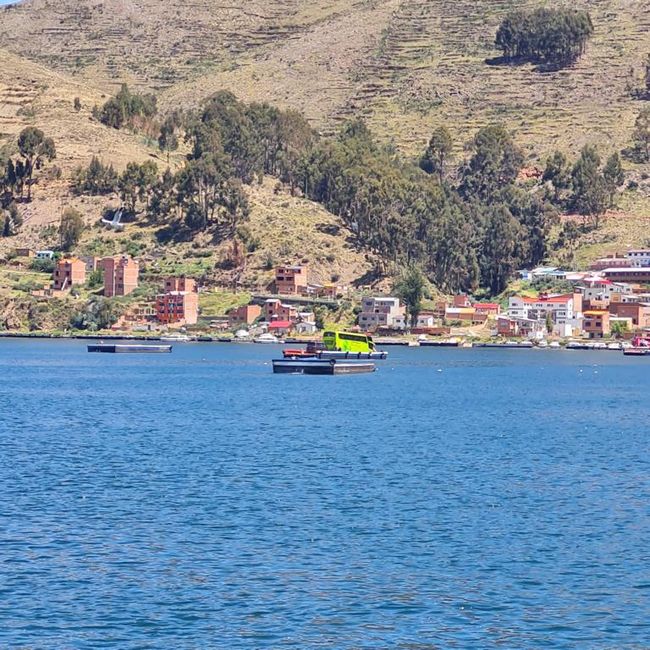
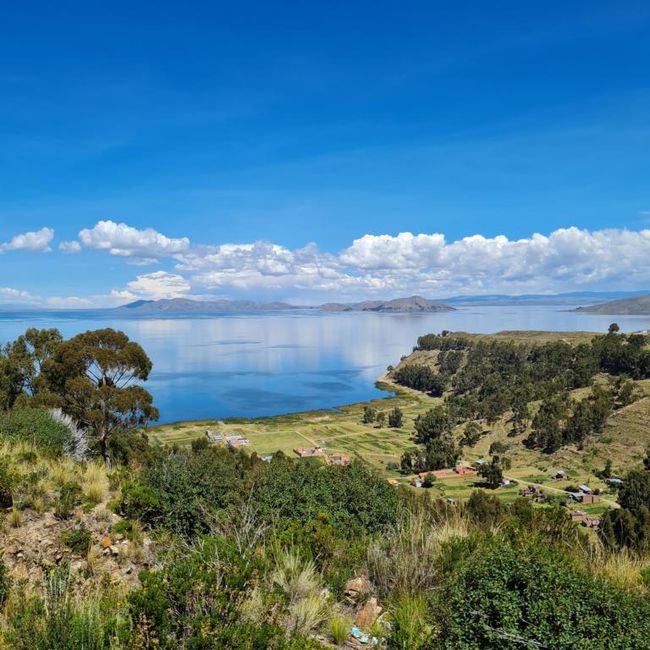
Tilaa uutiskirje
We arrived in Puno at 5 am with the night bus and had a somewhat good sleep. We took a small tuktuk to the hotel where we had booked for one night. Fortunately, we were able to check into our room and already had our breakfast for tomorrow. At 7.00 am, we continued our journey. We had booked a full-day trip on Lake Titicaca. Measured by its surface area, Lake Titicaca is the tenth largest natural lake in the world, the largest freshwater lake in South America, 15.5 times the size of Lake Constance, and the highest navigable body of water at an altitude of 3,812 m above sea level. We slowly sailed out onto the vast lake on our boat. Eventually, we were surrounded by reeds on both sides and then we arrived at one of the Uros Islands. The approximately 40 floating islands of the indigenous Uro people are exclusively made of reeds. Mariesol, the chairwoman of the island we visited, showed us in miniature how the islands are painstakingly built by hand. For centuries, the Uros have been living off the coast of Puno in the Peruvian part of the lake. In the past, during the Inca period, the residents simply released the moorings of their islands and drifted out onto the lake when danger threatened. We looked around the island, peeked into the houses, found some handmade souvenirs, and then took a traditional boat made of reeds to the main island of the Uros. Here, we had some time to explore the swaying reed island and then our boat tour on Lake Titicaca continued. We sailed to the island of Amantani, one of the natural islands of the lake. During a walk, we saw solidly built houses, fields where various vegetables were grown, and a small main square in the town center. Our path led us a few meters uphill, where a local resident was waiting for us with lunch and a view. Meanwhile, the sun also appeared and we enjoyed the vastness of the lake during the 3-hour return trip to Puno.
The next morning, we were already picked up at 7 am and taken to the bus station. We drove southeast, always along the lake, and crossed the border from Peru to Bolivia. We continued over the Copacabana Peninsula and a short distance with the ferry across the narrow Tiquina road, which connects the southern and northern parts of Lake Titicaca. We arrived in La Paz around 5 pm.
Tilaa uutiskirje
Vastaus (1)
Ute
Super, Bus auf dem Boot 🚤 
Matkaraportit Peru

